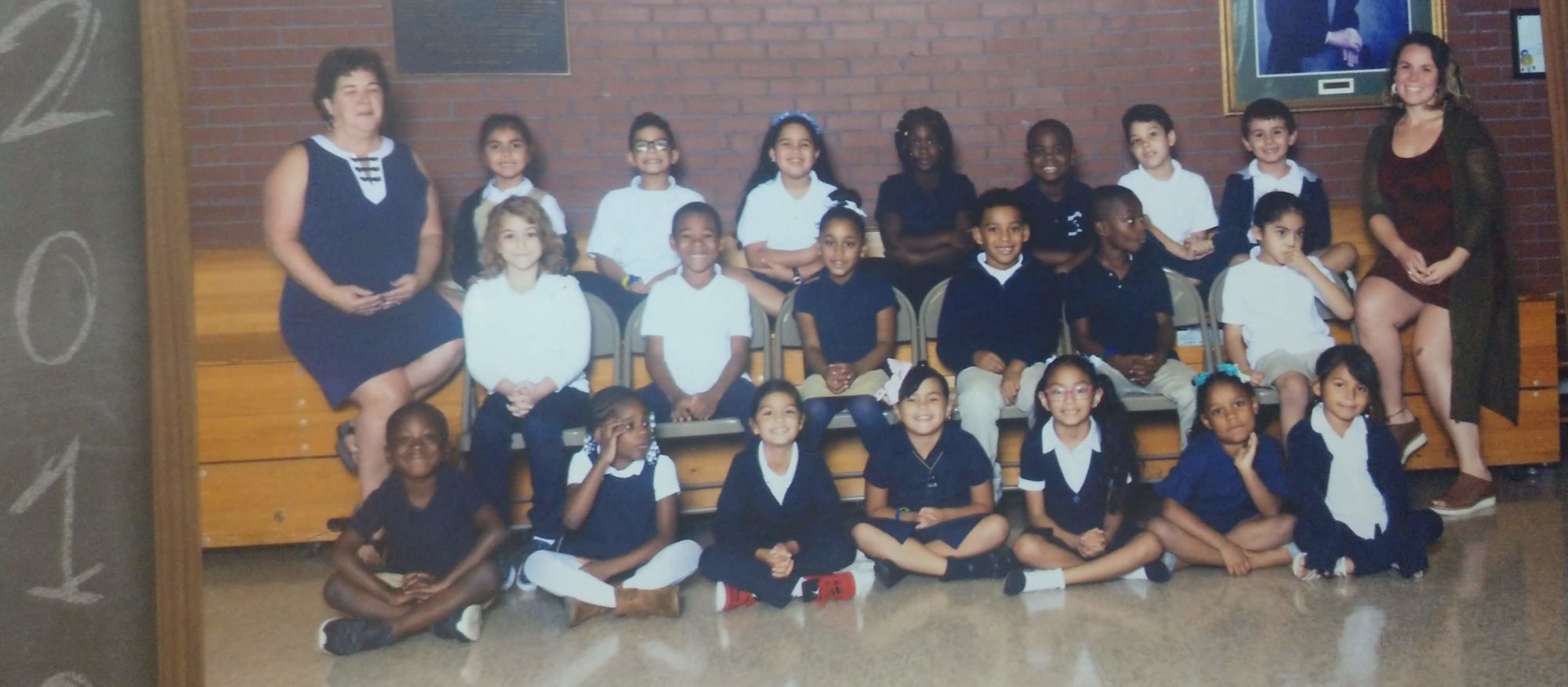-
- K-2ETS1-3. Analyze data from tests of two objects designed to solve the same design problem to compare strengths and weakness of how each object performs.
- Students did not analyze tests of two objects per se, but did compare to designs of a boat model to solve the same problem. It was through this process that they really were able to embody the design cycle, comparing and contrasting the design’s strengths and weaknesses.
- 2-PS1-1. Describe and classify different kinds of materials by observable properties of color, flexibility, hardness, texture, and absorbance.
- /// Students spent much of lessons 3 and 4 playing with and discovering the material’s properties, and then put more scientific language (rigid, floatable, airy, weak, etc. ) to those material qualities in lessons 5 and 6.
- See my teaching growth section for more information on how I changed my teaching methods around teaching new vocabulary.
- 2-PS1-2. Test different materials and analyze the data obtained to determine which materials have the properties that are best suited for an intended purpose.
- /// This standard is a step above what some students were able to comprehend, but some students by lesson 6 were imagining what are the generalities that can be made about certain materials and their purpose. Lesson six is where some of the generalities and strong noticings about boats really came through.
- Participate in collaborative conversations with diverse partners about grade 2 topics and texts with peers and adults in small and larger groups.
- The following are guidelines that Atlas expects of second graders which we held as central to our classes understanding of what group work looks like. Additionally, we used words like compromise and collaborate to gain deeper understanding of what teamwork looks like. We followed these and more throughout our unit:
- Follow agreed-upon rules for discussions.
- Build on other’s talk in conversations by linking their comments to the remarks of others.
- Ask for clarification and further explanation as needed about the topics and texts under discussion.
-
